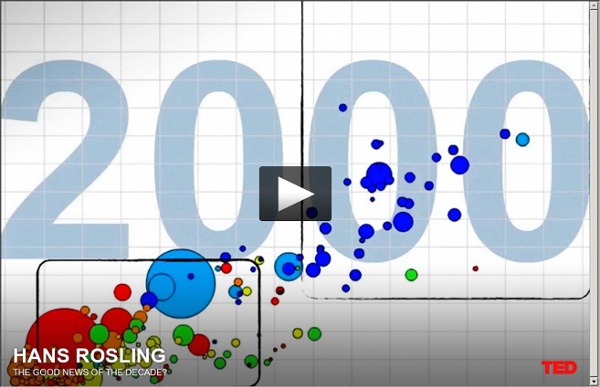



A visual and interactive experiment on the Parisian underground network Healthy Food Combinations: Men Tomatoes are rich in lycopene, a pigment-rich antioxidant known as a carotenoid, which reduces cancer risk and cardiovascular disease. Fats make carotenoids more bioavailable, a fact that makes a strong case for adding tomatoes to your guacamole. "This also has a Mediterranean cultural tie-in," says registered dietitian Susan Bowerman of California Polytechnic State University. "The lycopene in tomato products such as pasta sauce is better absorbed when some fat (e.g., olive oil) is present than if the sauce were made fat free." This may also explain why we love olive oil drizzled over fresh tomatoes. And when it comes to salads, don't choose low-fat dressings.
3 Creative Ways To Visualize Urban Public Transportation As cities gradually realize that opening up their data isn’t dangerous, we’re starting to see creative applications for the information that not too long ago was siloed off by government agencies. The Urban Data Challenge (where I was a judge), asked entrants to use open transportation data sets from three cities--San Francisco, Zurich, and Geneva--to create beautiful and insightful visualizations. These were the three winners of the competition, put on by Swissnex, the Grey Area Foundation for the Arts, LIFT, and others. Dots on the bus This project, which won the grand prize ($5,000 from Fusepool to develop an app), was the most entertaining entry of the bunch. There are a lot of data sets behind this visualization, including bus timing, the number of people who get on and off at each stop as determined by on-board lasers, and the location of each stop and route. Transit Quality and Equity Frustration Index See all the other winners and honorable mentions on the Urban Data Challenge site.
Your taxes: What you pay and what you get back x These figures put all the households in the UK into one of ten equally-sized groups, or deciles. The bottom have the least disposable income, the top have the most. The 'average disposable income' means the household income leftover after direct taxes have been paid and this figure has also been equivalised. This means it has been weighted to allow comparisons between small and large households to be made easily. x Here, tax includes both direct and indirect taxes. x These figures are averages for each decile, so it is possible that no one in your particular household receives them. x The balance is the sum left after tax paid has been taken away from money received in benefits.
Theory of mind Definition[edit] Theory of mind is a theory insofar as the mind is not directly observable.[1] The presumption that others have a mind is termed a theory of mind because each human can only intuit the existence of his/her own mind through introspection, and no one has direct access to the mind of another. It is typically assumed that others have minds by analogy with one's own, and this assumption is based on the reciprocal nature of social interaction, as observed in joint attention,[4] the functional use of language,[5] and the understanding of others' emotions and actions.[6] Having a theory of mind allows one to attribute thoughts, desires, and intentions to others, to predict or explain their actions, and to posit their intentions. Theory of mind appears to be an innate potential ability in humans; one requiring social and other experience over many years for its full development. Different people may develop more, or less, effective theories of mind. Development[edit] Autism[edit]